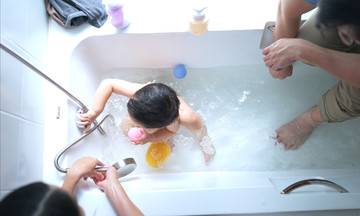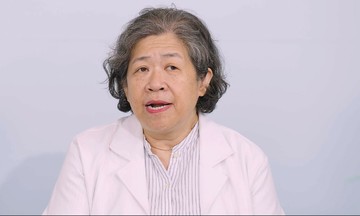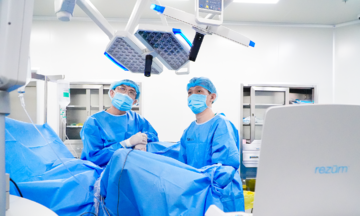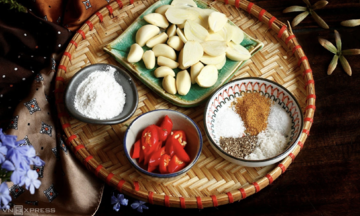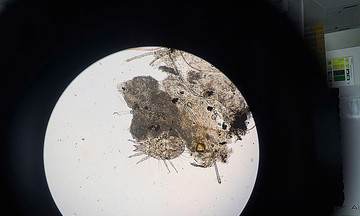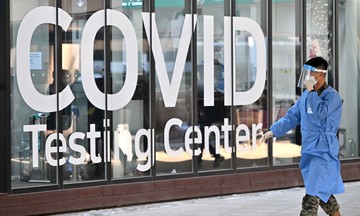Hypoglycemia (low blood glucose) typically occurs when your blood sugar level falls below 4 mmol/L. This condition requires prompt attention to prevent it from worsening, but you can usually treat it yourself.
Hypoglycemia commonly affects people with diabetes who take insulin or certain other diabetes medications. It's less common in individuals without diabetes.
Symptoms of hypoglycemia can include hunger, dizziness, anxiety, or irritability. You might sweat, tremble, experience tingling lips, have a rapid heartbeat, or feel weak and tired. Sometimes, vision changes or confusion occur. In severe cases, seizures, loss of consciousness, or convulsions can happen.
Managing low blood sugar:
If you have diabetes and experience symptoms of hypoglycemia (a hypo) or a blood glucose level below 4 mmol/L:
Consume something that will quickly raise your blood sugar, such as a small glass of fruit juice or a sugary drink, 5 glucose or dextrose tablets, 4 large jelly beans, or 2 tubes of glucose gel.
Check your blood sugar after 10 to 15 minutes.
If your blood sugar is still below 4 mmol/L, consume another sugary snack or drink and recheck after 10 minutes.
Once your symptoms improve and your blood glucose returns to above 4 mmol/L, eat some crackers, a sandwich, or your next meal if it's time, to keep your blood sugar levels stable.
Managing severe hypoglycemia:
If someone's blood sugar drops to a very low level (a severe hypo) and they become unconscious:
Do not give them any food or drink, as they won't be able to swallow safely.
Place them in the recovery position.
Administer a glucagon injection immediately if you have it and know how to use it.
If they begin to recover within 10 minutes of the glucagon injection and can swallow safely, give them a small snack or drink that will raise their blood sugar.
Stay with them until they have fully recovered.
Call emergency services if a glucagon injection is unavailable or you don't know how to use it; you've administered glucagon and they haven't recovered within 10 minutes; or they have consumed alcohol.
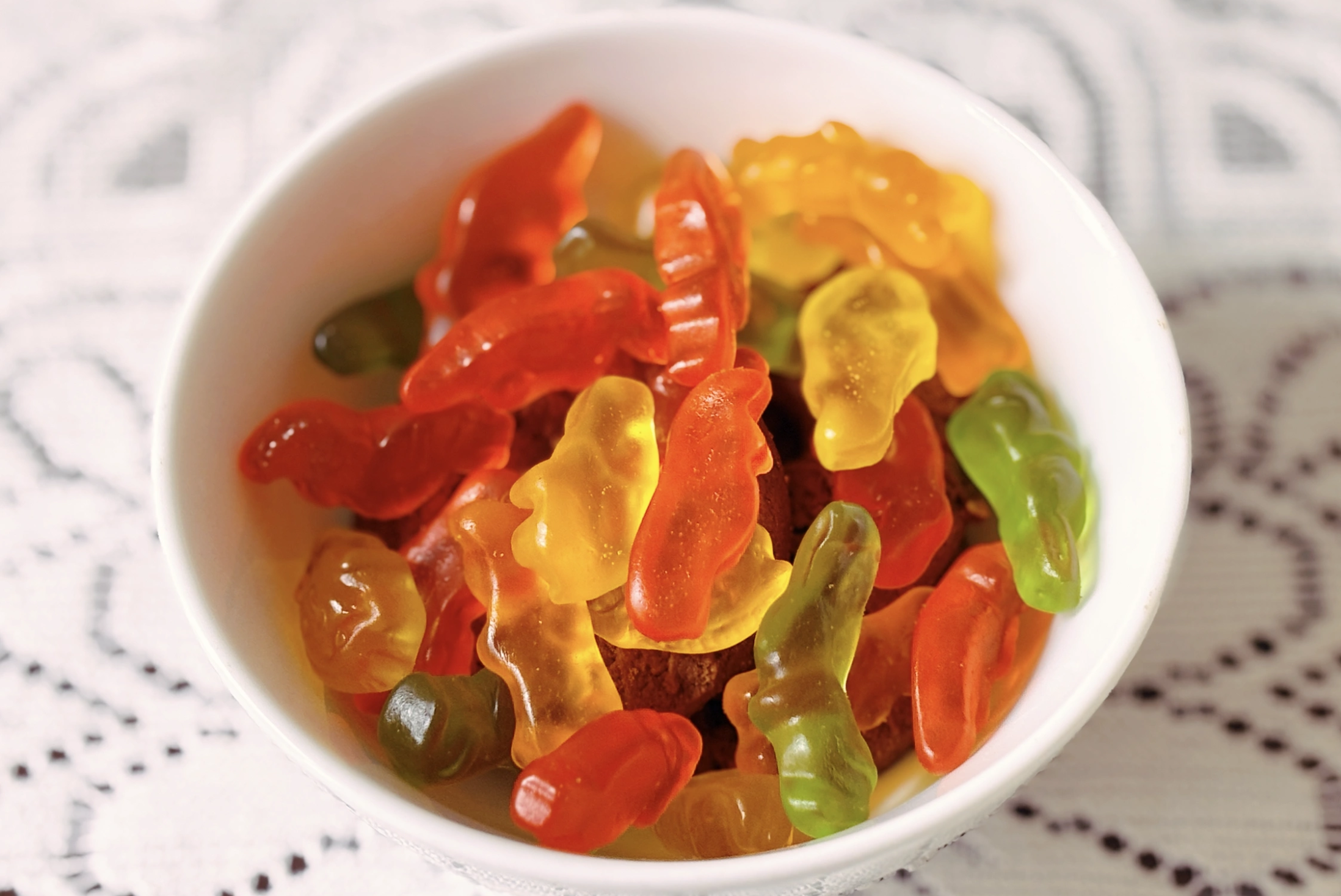 |
Eating 4 large jelly beans can help quickly raise blood sugar. Photo: Bao Bao |
Eating 4 large jelly beans can help quickly raise blood sugar. Photo: Bao Bao
When to see a doctor:
You have diabetes and experience frequent hypos, have had a severe hypo, or have experienced nighttime hypos.
You have diabetes and don't always recognize the symptoms of hypoglycemia.
You don't have diabetes and experience hypoglycemia symptoms such as shaking, sweating, a rapid heartbeat, and confusion.
Reducing your risk of hypoglycemia:
Do:
Follow your treatment plan, including adjusting your insulin dose as needed.
Check your blood sugar regularly.
Always carry something that can quickly raise your blood sugar, such as a sugary drink, candy, or glucose tablets.
Carry a glucagon injection kit and medical identification.
Ensure family and friends know how to treat severe hypoglycemia.
Consider using a continuous glucose monitor (CGM) or flash glucose monitor if you don't already.
If you have diabetes and frequently experience problems with hypos, ask your doctor about switching to an insulin pump.
If you drive, check your blood sugar before each trip and every 2 hours while driving. If you experience hypoglycemia, don't drive for at least 45 minutes after your blood sugar returns to normal.
Don't:
Skip or delay meals.
Drink excessively. Adhere to the recommended guidelines of no more than 14 units of alcohol per week, spread across 3 or more days.
Drink alcohol without eating.
US Italy (According to NHS)



